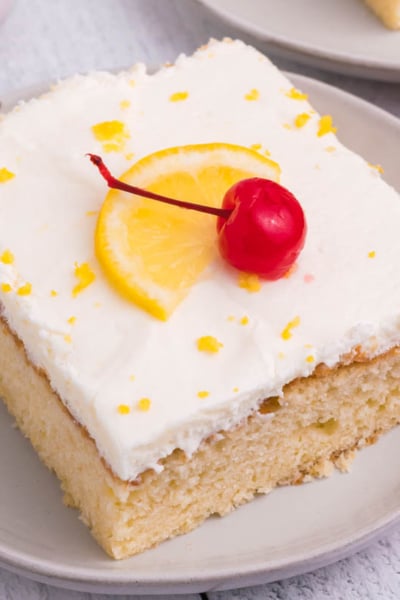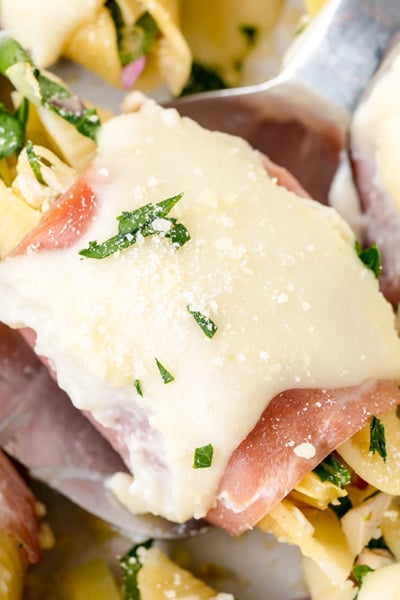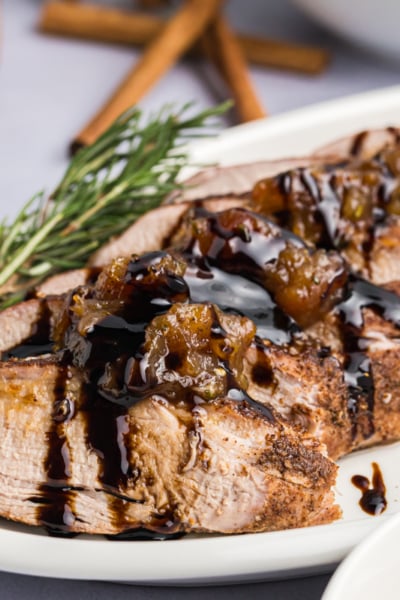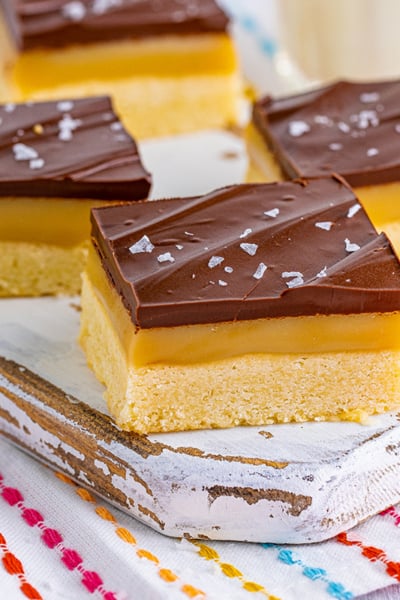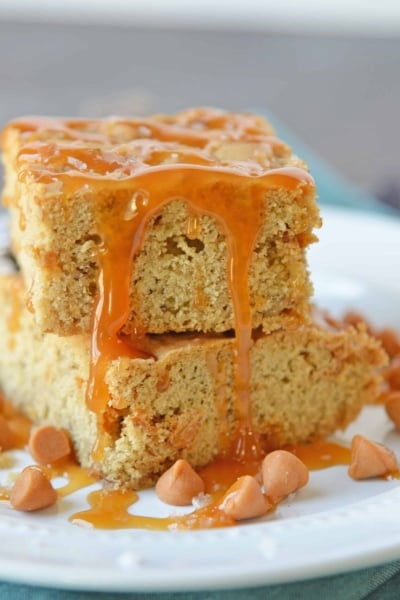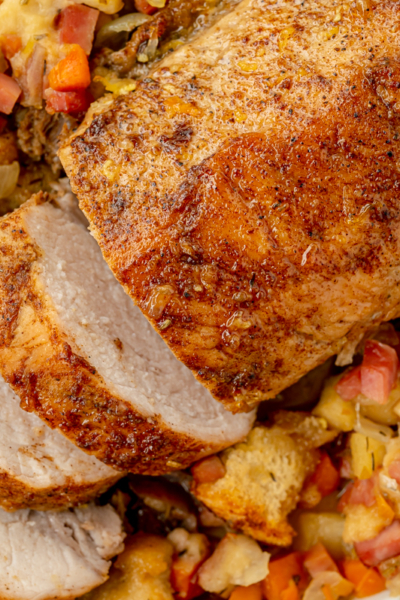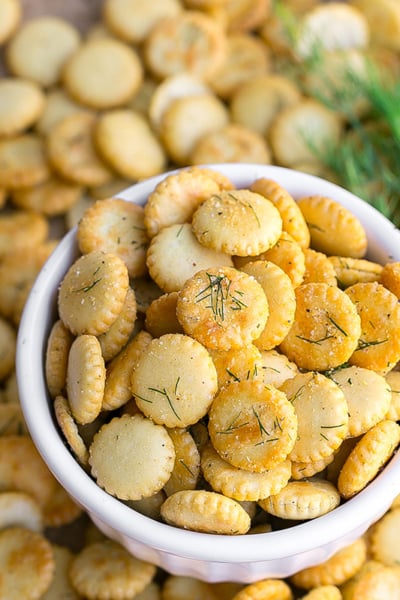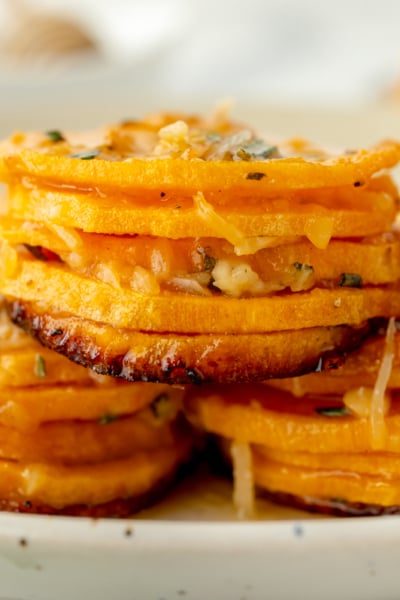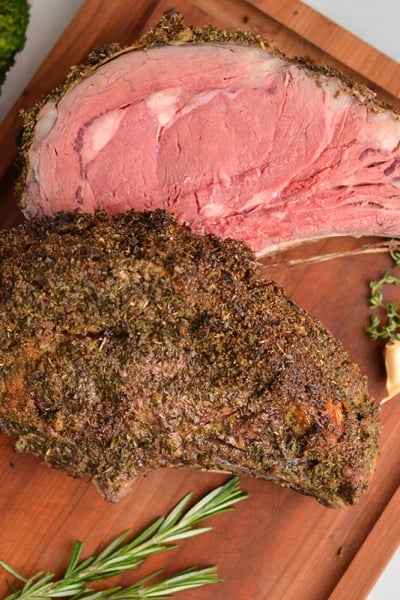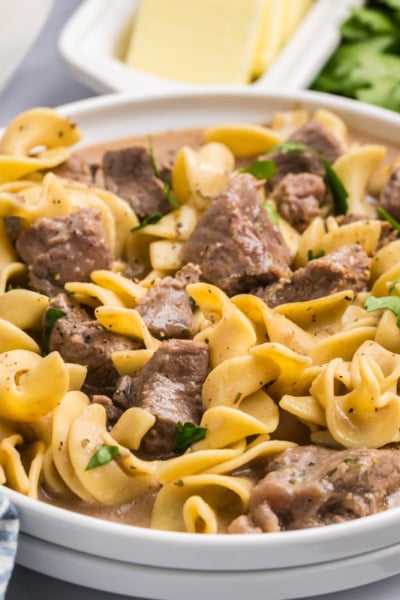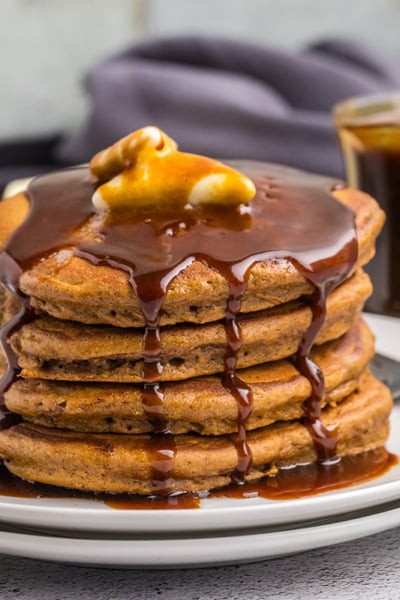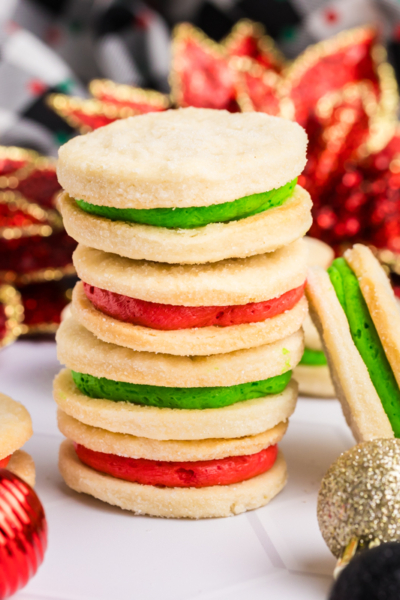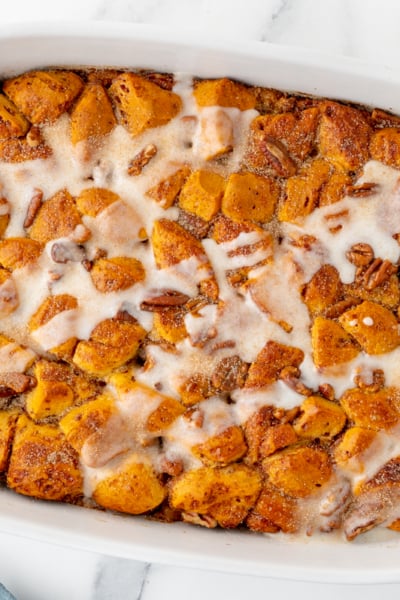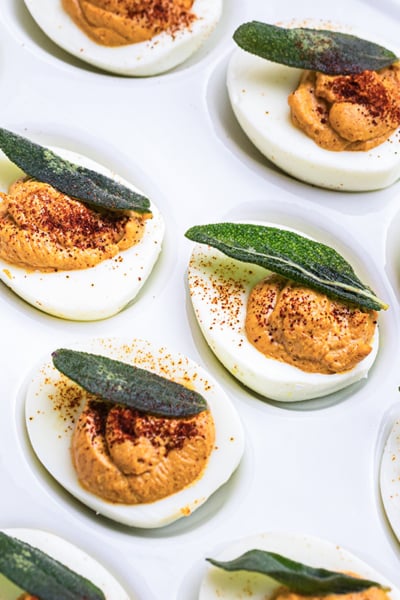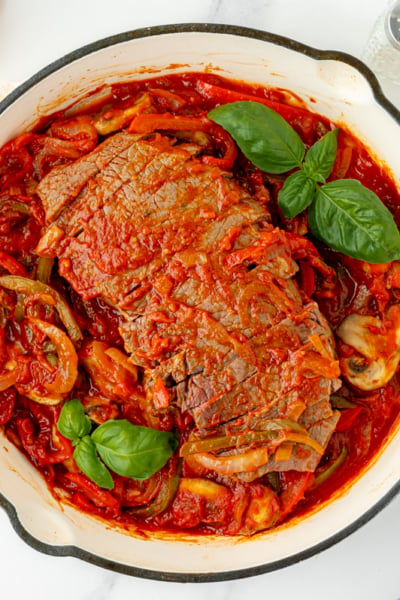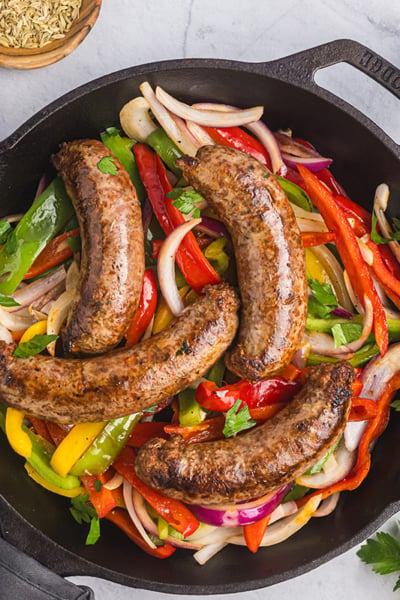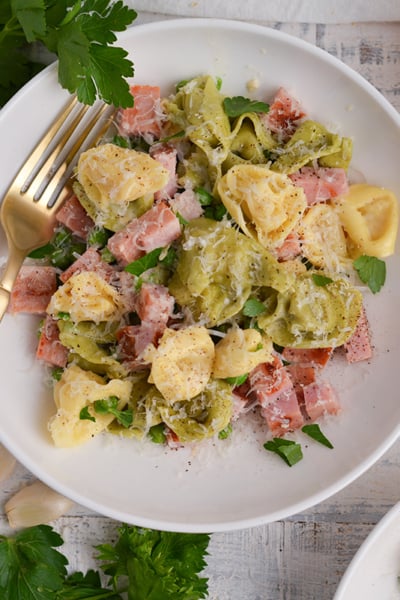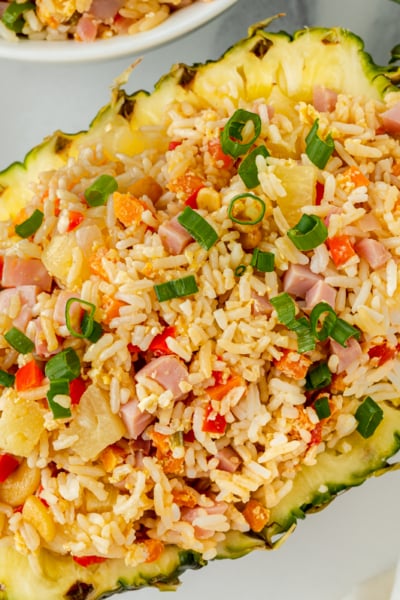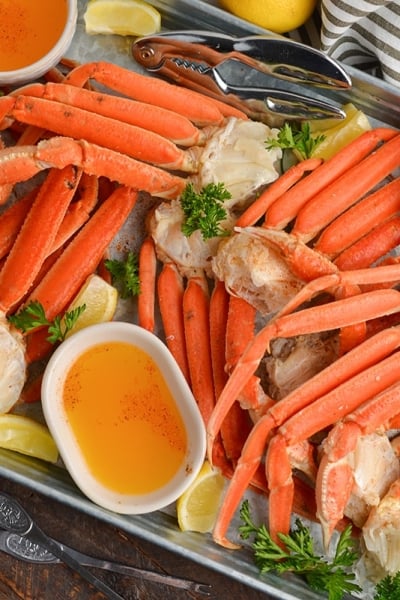Salt
At its very core, salt is simply a mineral compound composed mainly of sodium chloride. In a much broader sense, it is essential to life and something we consume every single day.
I will go ahead say it for those of you that don’t know, I love salt! Yes, it has gotten a bad reputation over the years for reasons we won’t go into, but it shouldn’t be looked down on.
Also known as sodium chloride happens to be one of those things our bodies can’t live without. Surprise! We crave salt because, without it, we wouldn’t be functioning.
In addition to keeping us all going, it is also one of the reasons you taste what you taste when you are eating a meal.
Don’t believe me? Make a soup without seasoning it with salt (no bouillon either as it is a significant source of salt) and taste it. Then grab another spoonful and put a tiny touch of salt in it. The difference will be staggering.
Where does salt come from?
All salt comes from the sea or at least it did originally. It is created when the waters of the ocean evaporate. And yes, this includes salt caves and salt flats if you were questioning my last sentence.
Salt all might originate from the sea, but not all salt is composed the same. The way salt is procured can alter its salinity level (or saltiness) and its shape. Some types of salt are great for seasoning meat before you cook it while others are great for stocks and even more that are perfect for finishing a dish.
Table salt is the salt that you see in saltshakers from coast to coast. Yes, it is a salty salt. Stay with me. I tend to stay away from it in my cooking because it typically has iodine in it (a product of iodine deficiencies way back when which are now almost nonexistent) and anti-caking agents. Not my favorite. It tends to taste metallic to me as well.
What other salts should I have at home?
My kitchen always has two types as I use them for different things. If you want to go past that and create a collection, by all means, have at it, but two is the bare minimum in my book.
The first is kosher salt. You’ve seen the boxes at the grocery store. This type was traditionally used in the process of koshering or removing blood from meat and that means it is pure, unadulterated salt.
It is fantastic for salting water, seasoning meats and soups. It is the workhorse of the kitchen, a true kitchen basic.
Flaky sea salt has a much more delicate texture and typically involves a labor-intensive process to harvest it. Due to that process, it also happens to be a bit more expensive.
That said, it can truly make a meal. The flakes are a perfect way to finish a steak, or top a salad, or even finish off a fresh-from-the-oven batch of cookies. It is going to bring out flavors that are already in the dish, but it will also add a little pop of texture.
The biggest thing to remember when you are cooking is to use a light hand and taste often. It is easy to add a touch more, but as soon as you have gone over the edge there is no turning back and it’s a fine line between perfectly seasoned and a dish tasting terrible.
Here are some specialty salts to try if you are looking to get experimental:
- Fleur de Sel: This French variety is used solely to finish dishes. It is light, delicate, and generally pretty expensive as harvesting it is no easy task.
- Smoked: Typically, this is a sea salt that has been cold smoked with wood or wood chips. It is the same sea salt you know and love, only now it has a smoky flavor.
- Himalayan Pink Salt: Known for its elegant, pink hue, this salt is harvested from ancient sea beds. The color comes from a rich its rich iron content as well as other trace elements your body needs.
- Black Salt: Harvested in places like Hawaii and Cyprus, this type gets its color from volcanic activated charcoal which is said to be great for digestion.
Here are some tasty recipes using salt:
- Dry Brine Turkey
- French Fried Onion Strings
- Butterscotch Blondie Brownies
- Spiced Nuts
- Sweet Potato Quiche
Can a person live without salt?
Long story short, no. The body needs sodium to transmit nerve impulses, to contract and/or relax muscles, and to keep your fluids in proper balance. It doesn’t take much to do this, but without it, a person would not be able to function.
Which salt is the healthiest?
I will not get too specific here, but you want something that is the least refined and something with no preservatives in it. Many consider the Himalaya pink variety the “healthiest,” but it is by no means a consensus.
Why is it important in food and cooking?
Plain and simple, salt brings food to life. For savory items, it brings them to life. In the case of sweets, it balances all that sugar. For things that are bitter, it can help suppress some of the bitterness.
Without it, bread or pasta or even steak, would not taste as delicious as one that is well salted and seasoned.
Keep in mind that this salt can come from other places – it isn’t always crystalline in form. For example, the parmesan cheese you add to the top of a bowl of pasta is salt-rich. This cheese can be used to season that dish. Soy sauce for sushi is the same.
It is sometimes hiding in plain sight and helps keep what we eat that much more delicious.
How does salt preserve food?
This mineral has been used to preserve food for ages. The basic principle is that it draws water out of the food and dehydrates it. Living things – bacteria and such that will cause food to spoil or give us food poisoning – need that moisture. Without it, they can’t live and therefore aren’t attracted to the food.
When should I salt my food?
This will vary greatly by what you are cooking. For example, soup cooks slowly over time and reduces along the way. If you add seasoning at the beginning, it might end up entirely too salty when you are ready to take your first spoonful.
Alternatively, if you are grilling a steak, salting it before it hits the heat, will help ensure that moisture is drawn out of the surface which aids in a nice crispy exterior.
If you are unsure of when and how to go about seasoning, double-check the recipe or give it a quick search online. There are lots of resources to walk you through things.
Reader Favorites

Southern Salmon Croquettes

Yum Yum Sauce

Jumbo Lump Maryland Crab Cakes

Creamy Vanilla Custard

Parmesan Garlic Linguine Pasta

Easy Steak Frites








